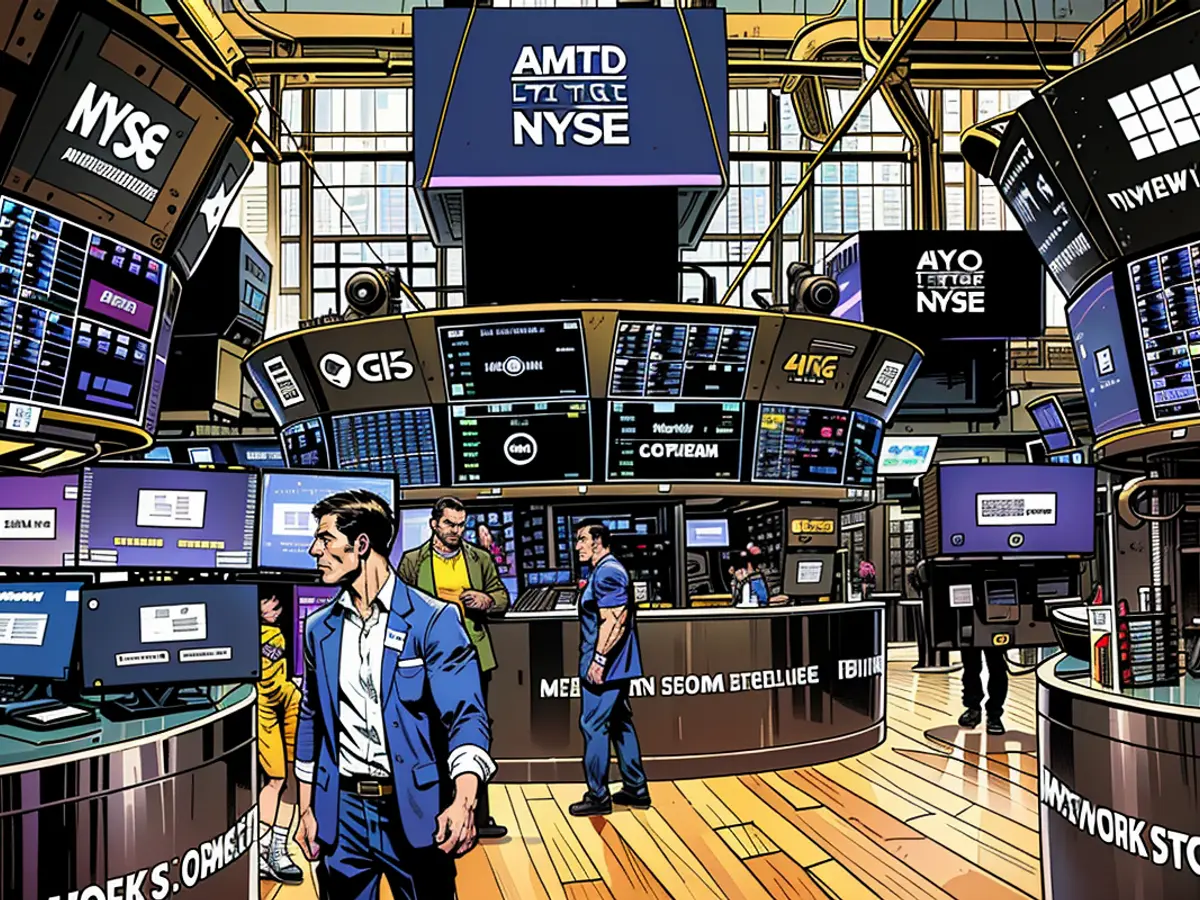Markets saw a massive shift this week. Here’s what happened
The Japanese Nikkei 225 index tanked more than 12% on Monday, marking its worst performance since 1987. The S&P 500 sank more than 3% and shed $1.3 trillion in value, notching its worst day since the 2022 bear market. The Dow lost 1,000 points that same day, and the Nasdaq Composite ventured further into correction territory.
What happened?
One trigger for theselloff was the unraveling of the Japanese yen carry trade. That’s when investors borrow yen to invest money in other assets like stocks and bonds with higher-yielding returns.
That has been a popular trade in recent years, since Japan’s low interest rates kept the yen cheap against the US dollar. But all that changed when the Bank of Japan last Wednesday raised interest rates for the second time this year, strengthening the yen.
Then, a few days later, a dismal labor report in the US spurred concerns about the health of the American economy. Companies added just 114,000 jobs in July, far below economists’ expectations. The unemployment rate edged higher, to 4.3%, its highest level since October 2021. That helped push the dollar lower, and investors began unwinding their carry trades. Meanwhile, fears about a potential US recession rose.
That combination sent shockwaves through global markets on Monday. The VIX, known as Wall Street’s fear gauge, shot up to a four-year high. US stocks and bond yields swooned. Prominent economists, including Wharton professor emeritus of finance Jeremy Siegel, urged the Federal Reserve to cut interest rates in an emergency measure. Rates are currently perched at a 23-year high.
Some investors say there could be more volatility to come, particularly since it’s unclear how much more the yen carry trade could unwind.
The carry trade is “enormous. Nobody really knows how big it is,” said Steve Sosnick, chief strategist at Interactive Brokers.
In the past few days, investors tried to recover from Monday’s bruising losses. On Tuesday and Wednesday, the trading session started with powerful rallies that fizzled out by the close. Investors finally managed to gain some ground Thursday, when the S&P 500 jumped 2.3%, clinching its best day since late 2022. Siegel walked back his call for an emergency cut to CNBC.
The small rallies this week are more a sign that traders are fearful of missing out on future gains than a signal that markets are stabilizing, some investors say. Those gains weren’t enough to bounce back from the week’s terrible start. The S&P 500 is on track to end the week 0.5% lower. The Dow and Nasdaq are both tracking for roughly 0.7% declines.
The unwinding of the carry trade and weak labor data came at a delicate time rife with uncertainty for Wall Street. Markets tend to be more vulnerable to swings in August, when investors take off for vacations and there’s less trading volume.
The US presidential election is coming up, and not without drama — in recent weeks, President Joe Biden withdrew from the race and Republican presidential nomineeDonald Trump survived an assassination attempt. The Israel-Hamas war is at threat of escalating, and Ukraine has invaded Russia.
Investors next week will parse retail sales data and earnings from Home Depot and Walmart for insight into the state of the American consumer. Consumption makes up two-thirds of the US economy, and is sensitive to the jobs market.
While Americans have tightened their pocketbooks in recent months, preliminary data suggests that demand is still strong. A report on gross domestic product earlier this month showed that a key gauge of consumer demand climbed from April through June, compared to the prior three-month period.
Despite the brutal week, stocks are still on pace to notch strong returns for the year: The S&P 500 is up 11.5% for 2024, the Dow has climbed 4.7% and the Nasdaq has gained 11%.
“If we needed a reminder of why portfolios should remain diversified, even during periods of concentrated rallies, we just got it,” wrote Liz Young Thomas, head of investment strategy at SoFi, in a Thursday note.
- Given the unfavorable labor report in the US and the subsequent strengthening of the Japanese yen, many investors found themselves reevaluating their carry trade investments, leading to further uncertainty in the global markets.
- As the carry trade unwinds and concerns about a potential US recession rise, some investors are cautiously looking towards next week's retail sales data and earnings reports from companies like Home Depot and Walmart, seeking insights into the state of the American economy and consumer behavior.








